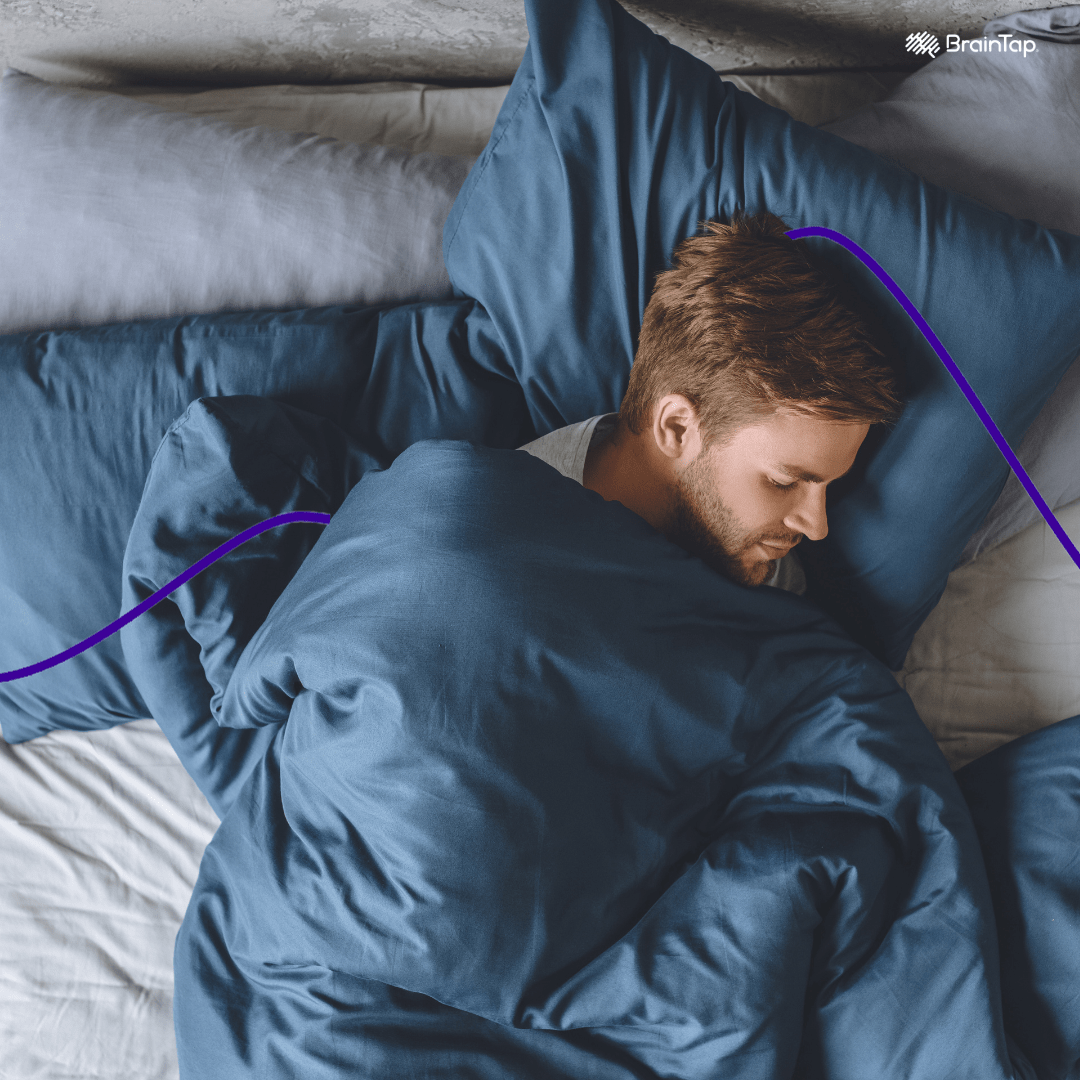BrainTap
Learning Hub
Feed your brain with our curated collection of BrainTap Reads, designed to inspire, educate, and expand your mind.
Latest Posts

Maximize the Power of Gratitude this Upcoming Holiday Season
Kindness is more than just a personality trait—it’s a choice we can make every day. But with the stresses of modern life, consistently choosing kindness can be a challenge. That’s where BrainTap comes in. By using BrainTap’s unique combination of brainwave entrainment, guided visualization, and relaxation techniques, you can reset your mental state and cultivate a mindset that naturally embraces kindness.

Sweet Dreams, Little Pumpkins: A Mindful Halloween Meditation
It’s Halloween! You’re a parent and your child has been waiting for this for some time – dressing up as a brave superhero, a sparkly fairy, a spooky ghost, or maybe even a wise old wizard. Their pumpkin bucket is filled with colourful candies, and their cheeks probably hurt a little from smiling so much. And the night is over.

The Brain Dangers of Diet and Regular Soda
Why both sugar-sweetened and artificially sweetened sodas could harm your brain—and how to retrain your cravings for healthier options.

From Chaos to Calm: How to Introduce Mindfulness to Your Kids
The word mindfulness is gaining tremendous attention, and there’s a good chance you’ve heard the word. It’s been called everything from “the new yoga” to “the antidote to stress,” and it’s often presented as the modern-day solution to life’s chaos. But beyond the hype, what does it actually mean?

Maximize the Power of Gratitude this Upcoming Holiday Season
Kindness is more than just a personality trait—it’s a choice we can make every day. But with the stresses of modern life, consistently choosing kindness can be a challenge. That’s where BrainTap comes in. By using BrainTap’s unique combination of brainwave entrainment, guided visualization, and relaxation techniques, you can reset your mental state and cultivate a mindset that naturally embraces kindness.

Sweet Dreams, Little Pumpkins: A Mindful Halloween Meditation
It’s Halloween! You’re a parent and your child has been waiting for this for some time – dressing up as a brave superhero, a sparkly fairy, a spooky ghost, or maybe even a wise old wizard. Their pumpkin bucket is filled with colourful candies, and their cheeks probably hurt a little from smiling so much. And the night is over.

The Brain Dangers of Diet and Regular Soda
Why both sugar-sweetened and artificially sweetened sodas could harm your brain—and how to retrain your cravings for healthier options.

From Chaos to Calm: How to Introduce Mindfulness to Your Kids
The word mindfulness is gaining tremendous attention, and there’s a good chance you’ve heard the word. It’s been called everything from “the new yoga” to “the antidote to stress,” and it’s often presented as the modern-day solution to life’s chaos. But beyond the hype, what does it actually mean?
Subscribe to the BrainTap Newsletter
Elevate your mind: Subscribe to our newsletter for insights on brain health, cutting-edge research updates, and personalized session suggestions to help you unleash your ultimate potential!
We only send what matters—no spam, no sharing. We promise.




